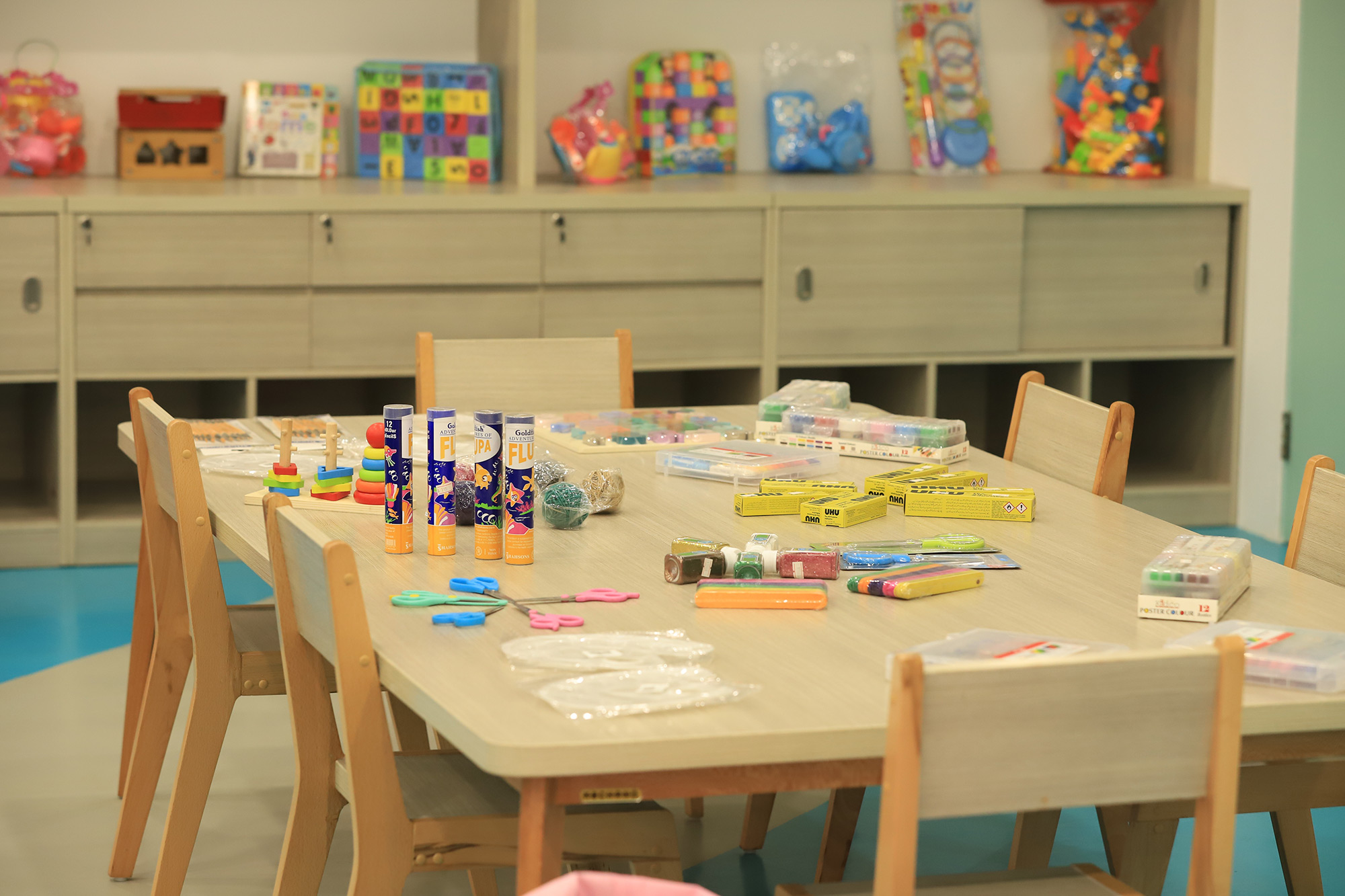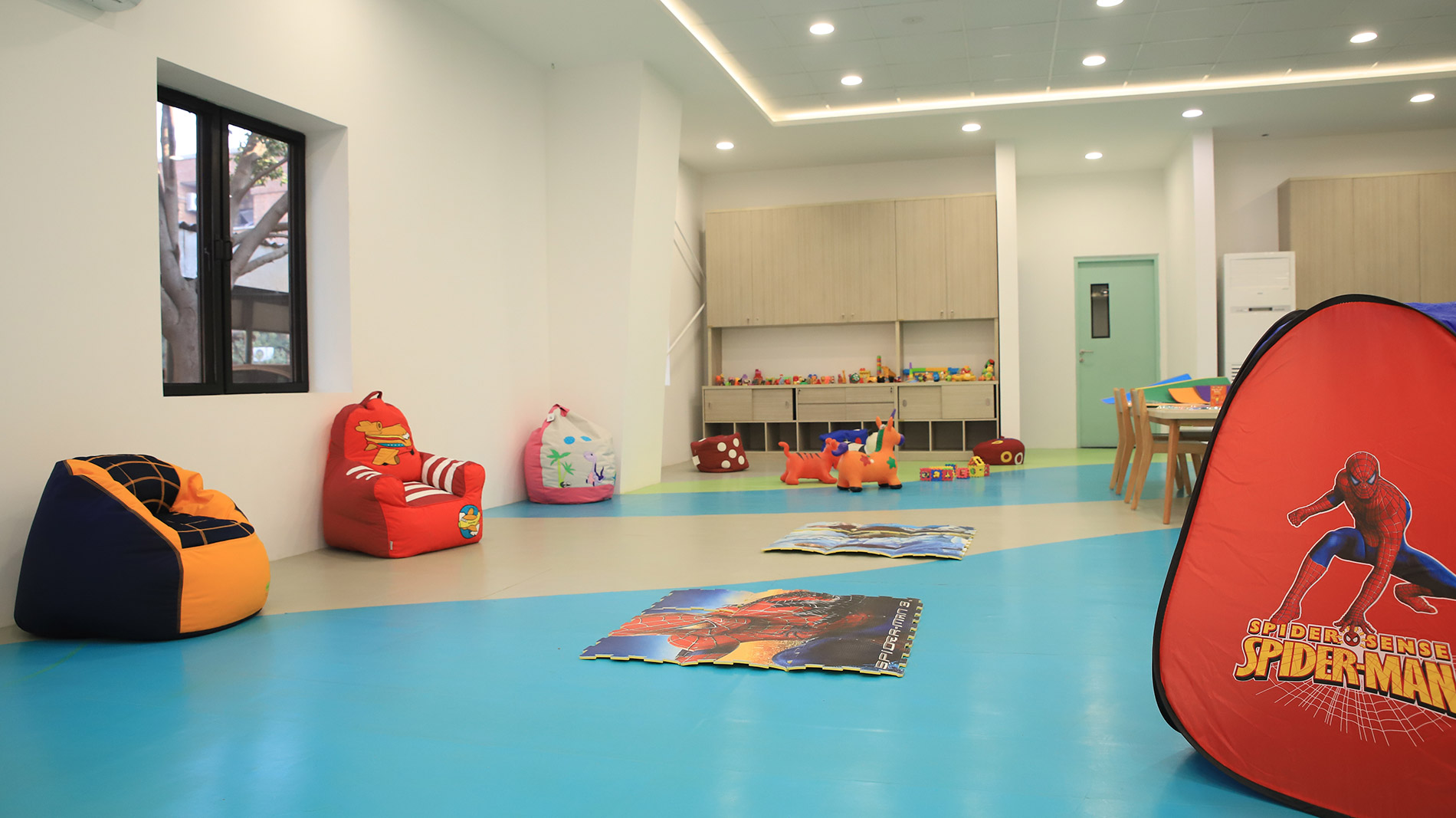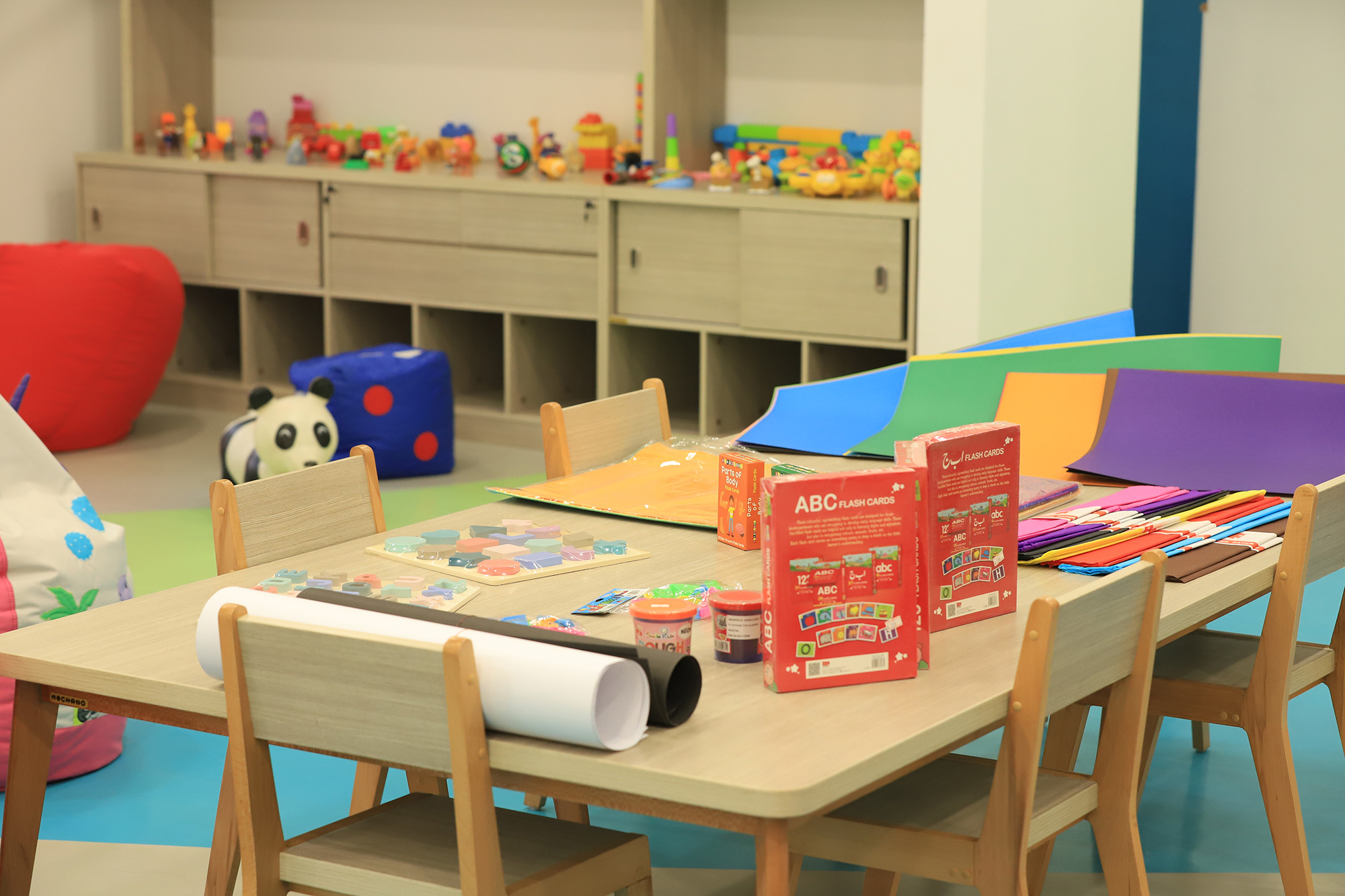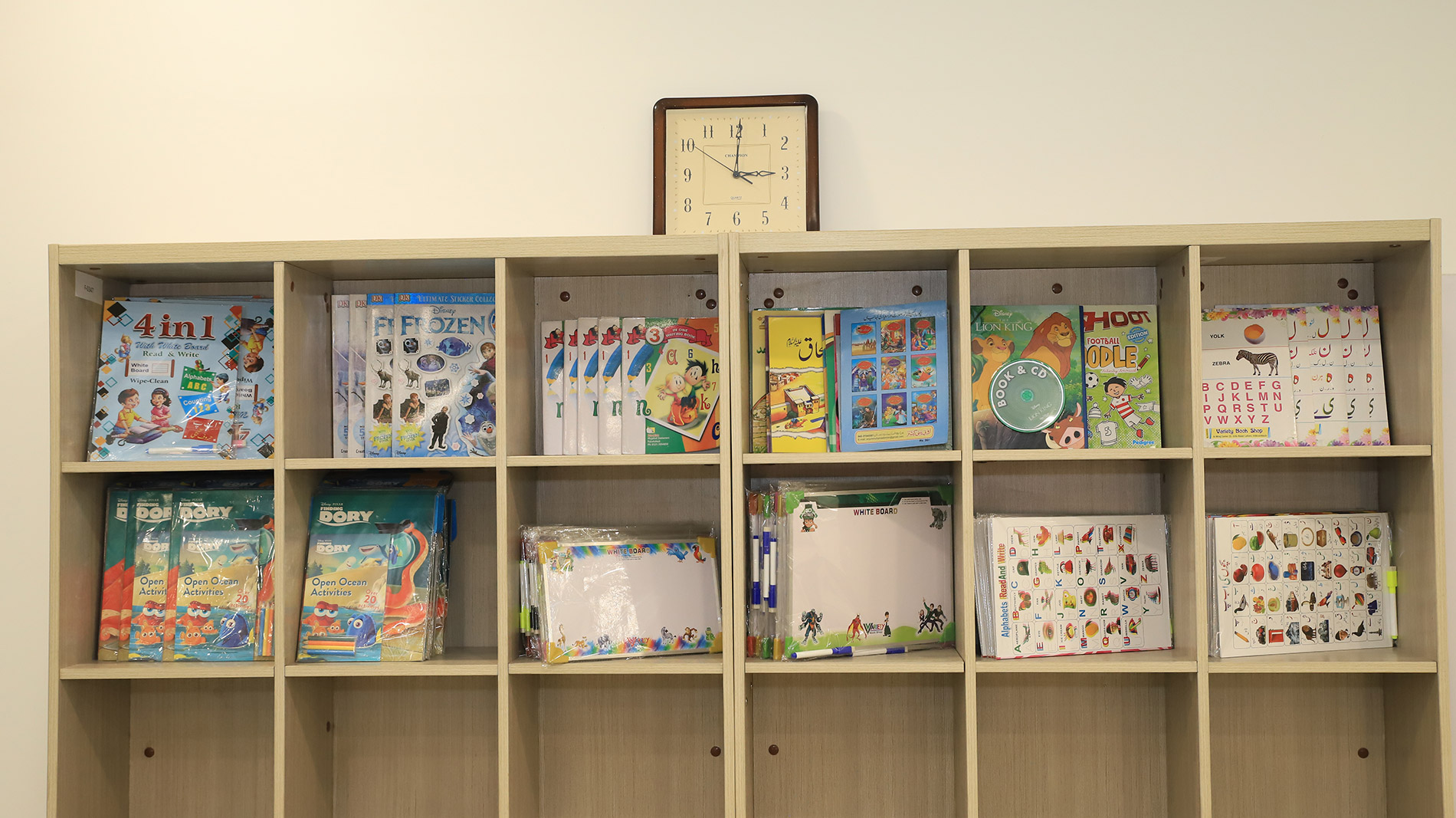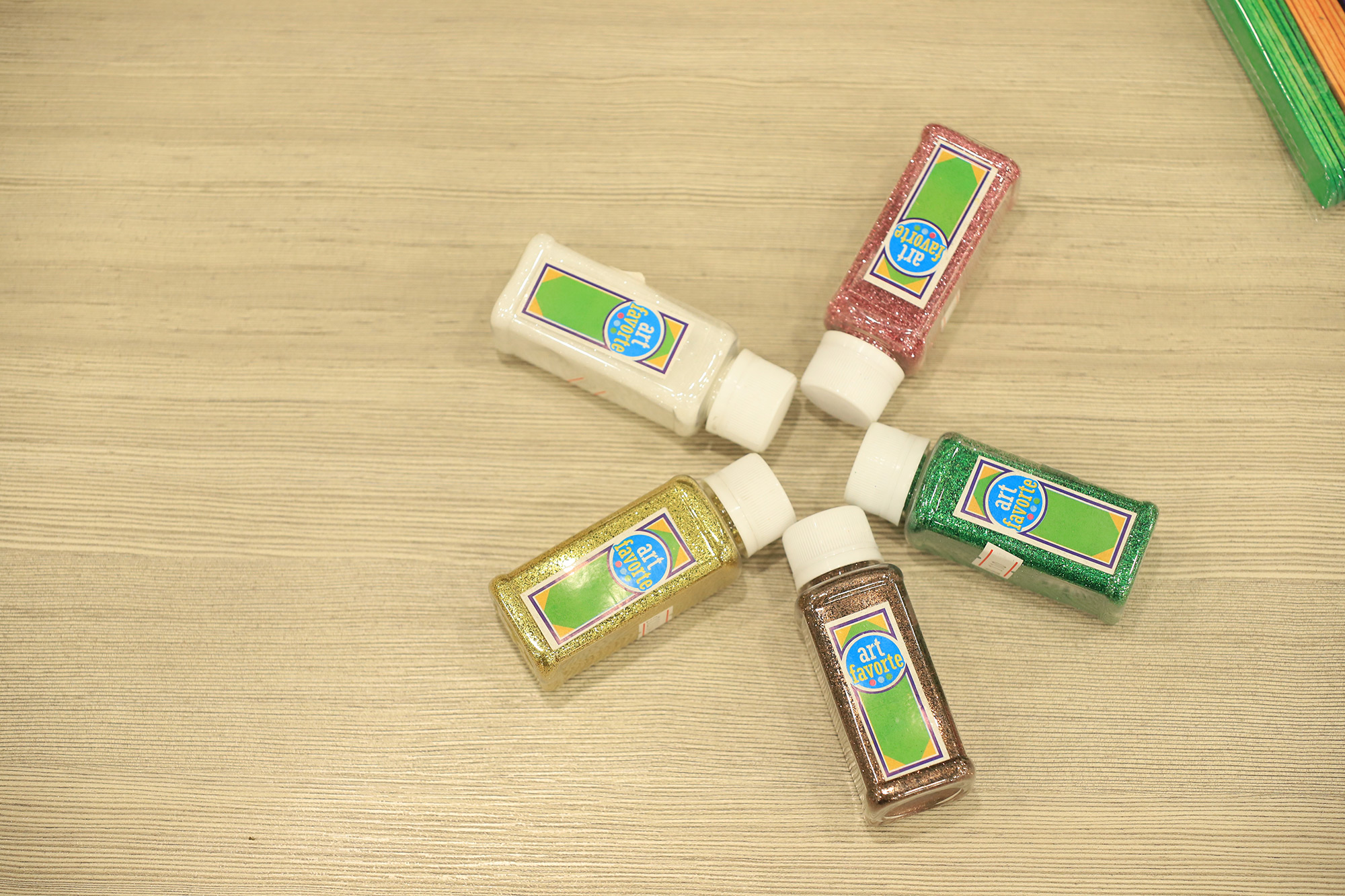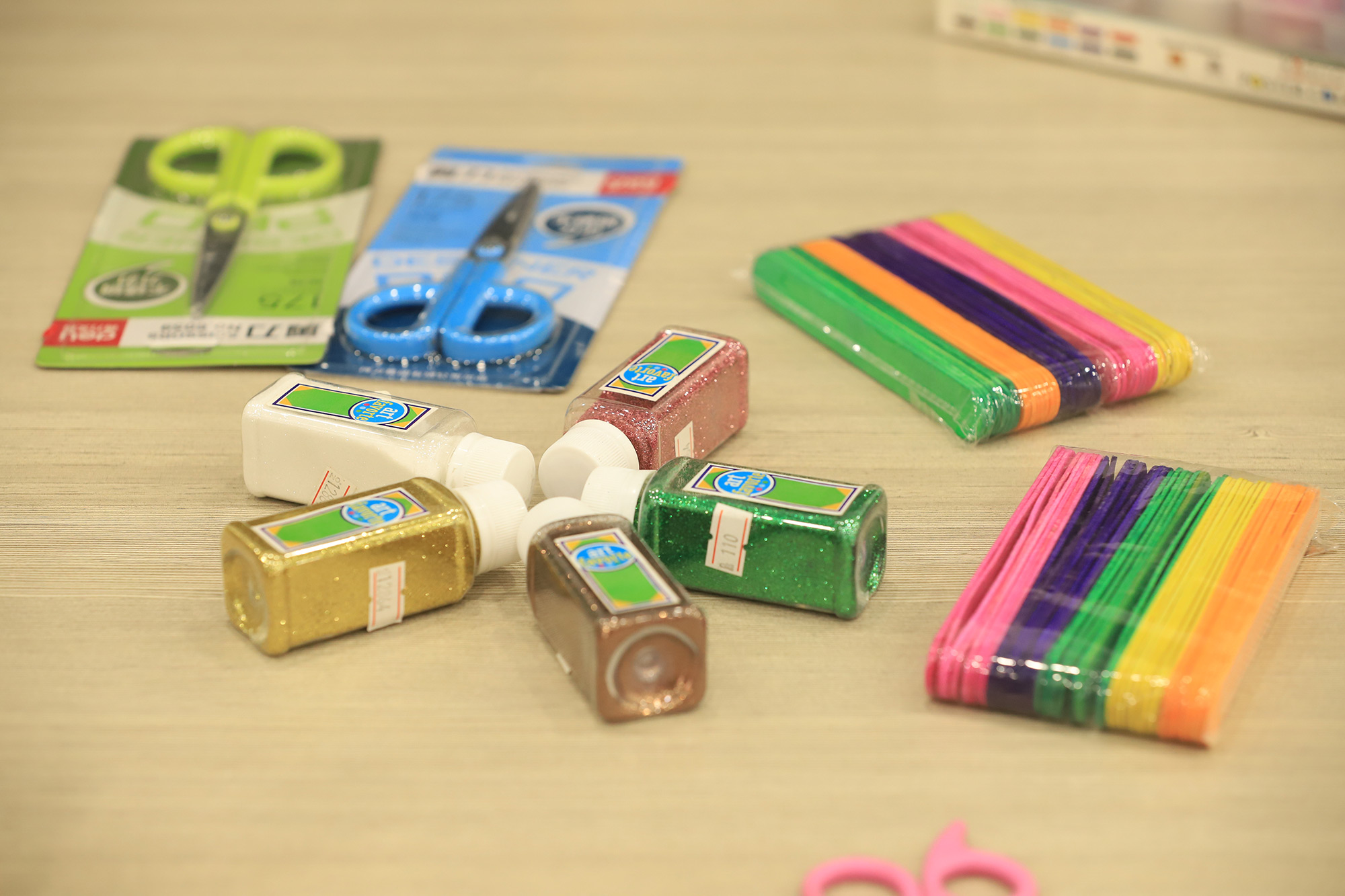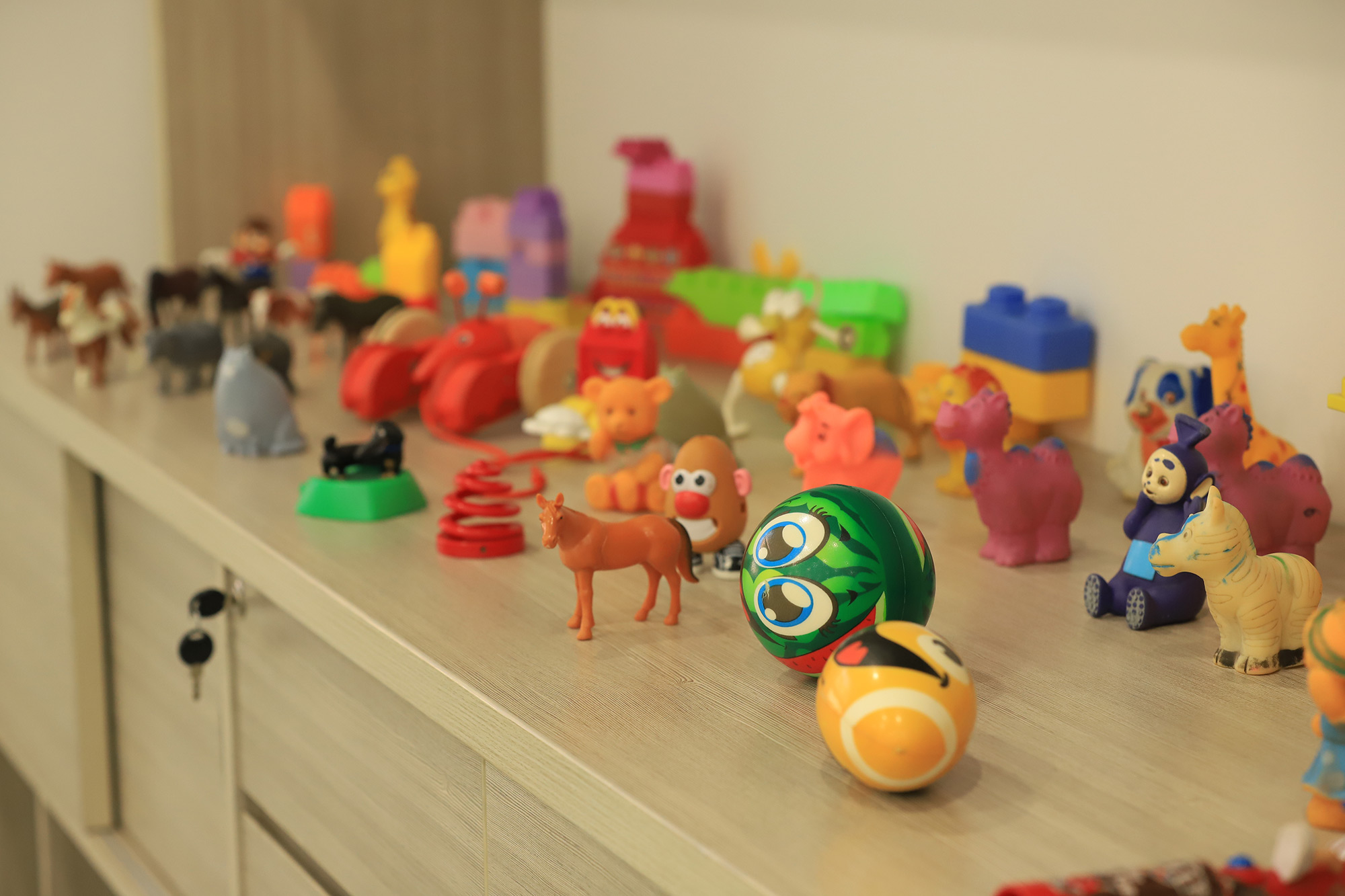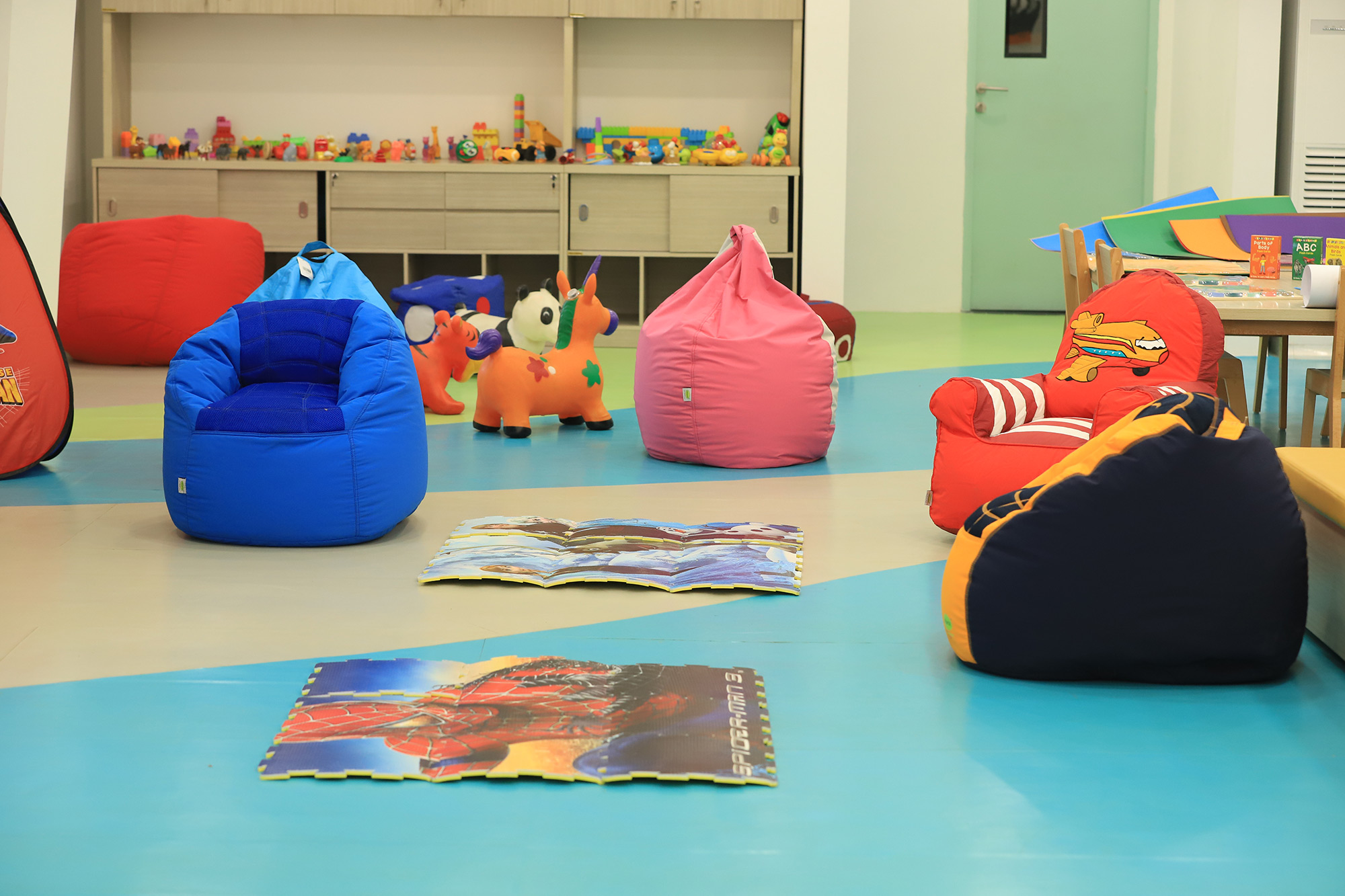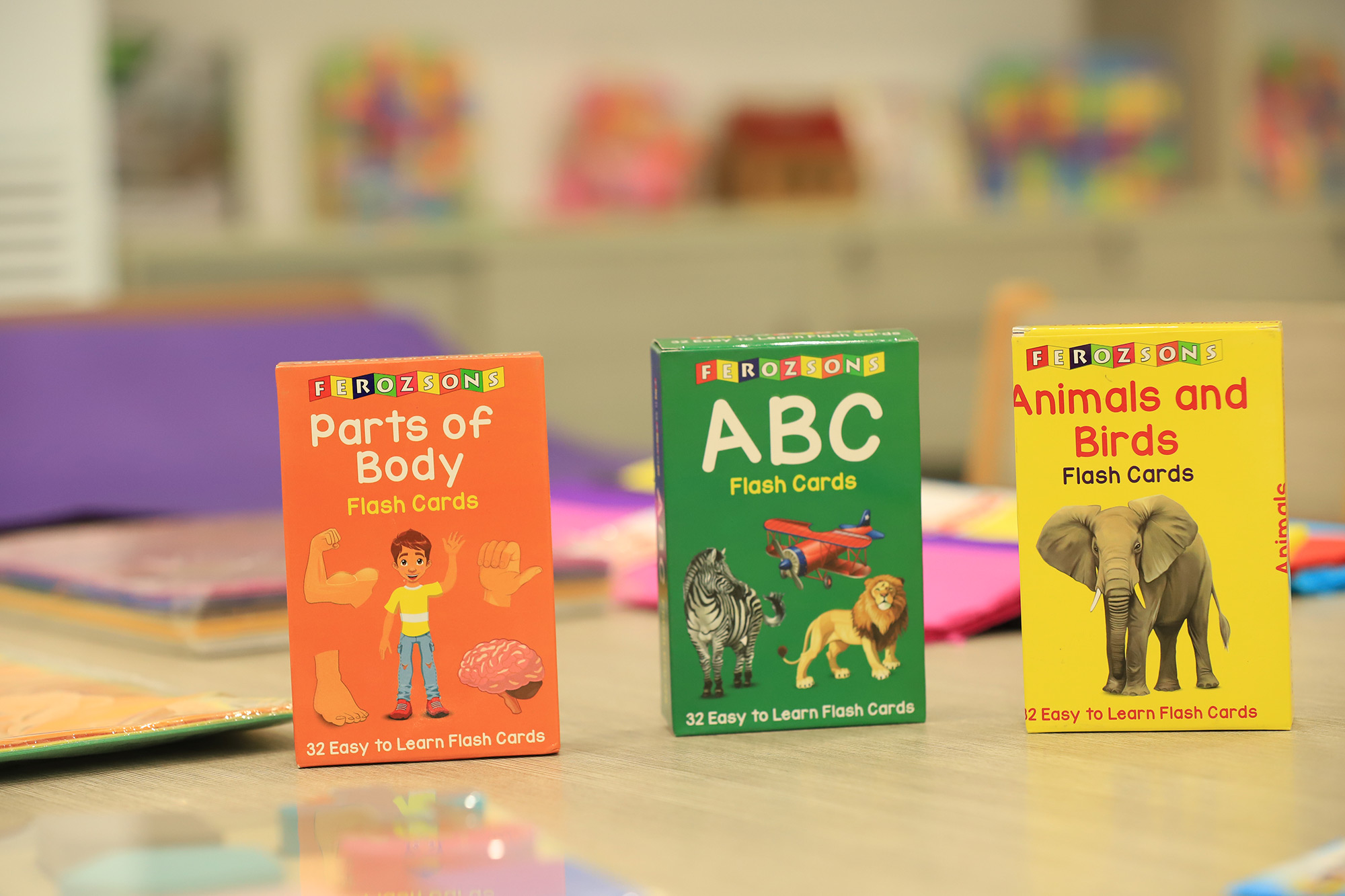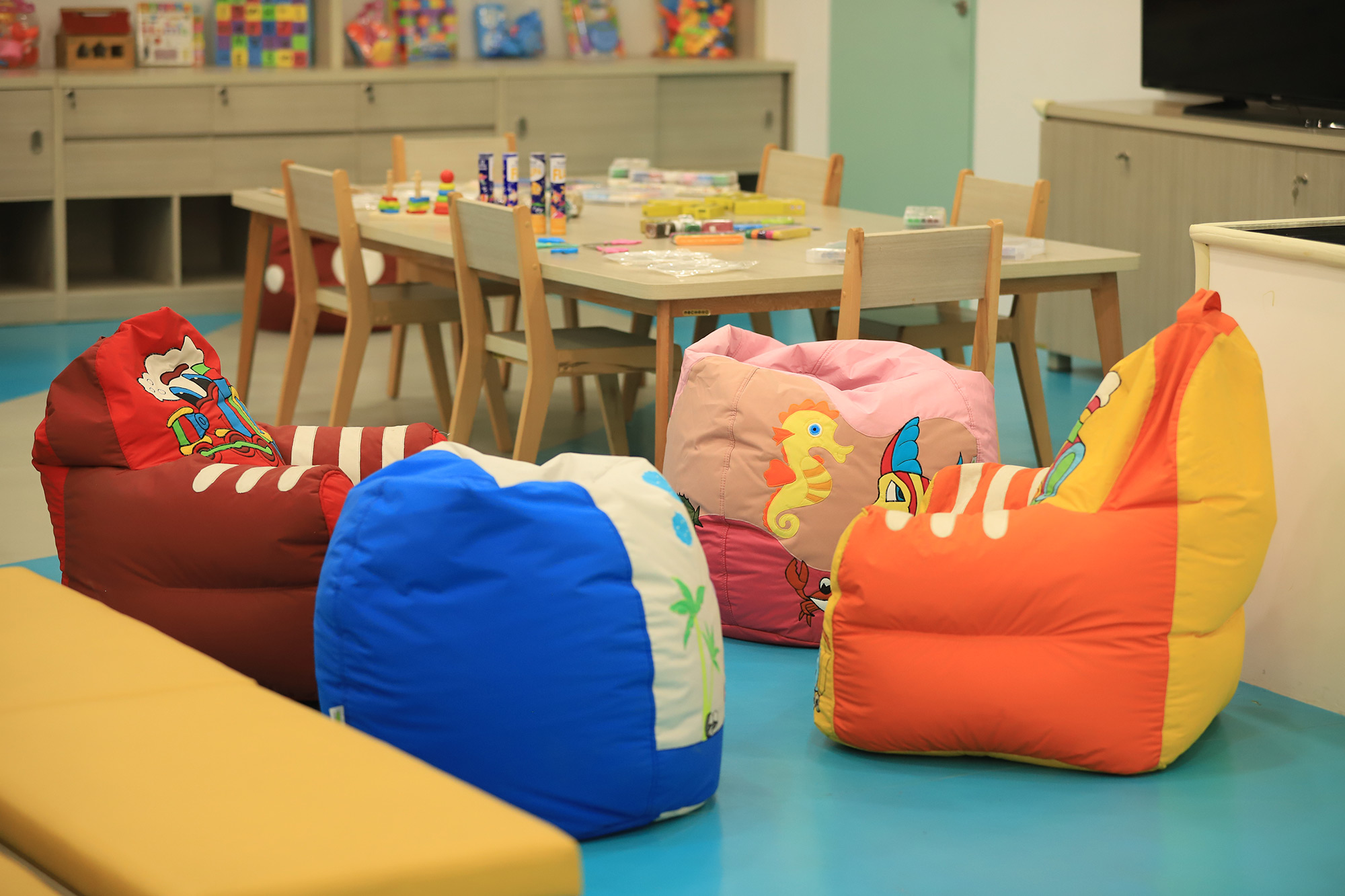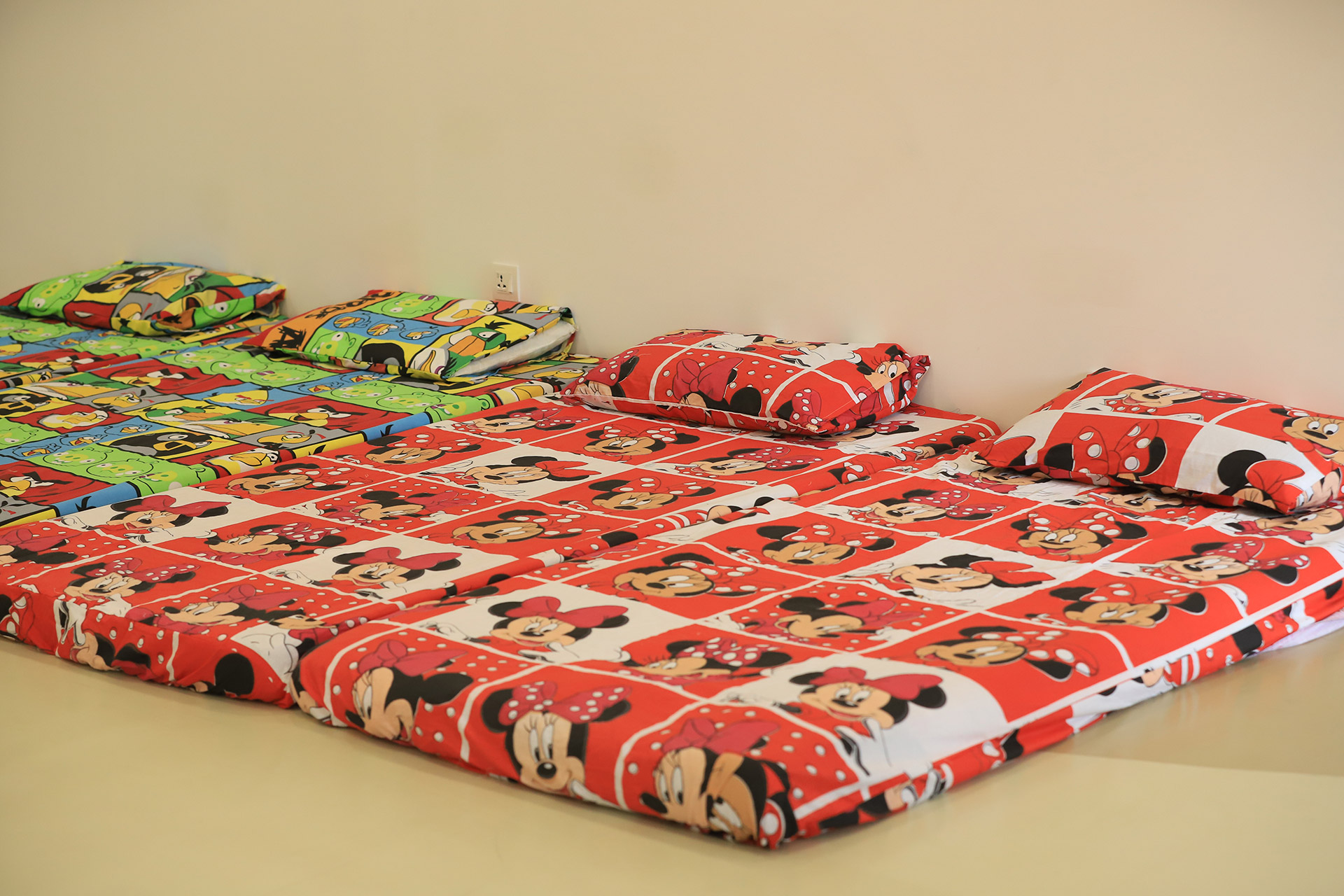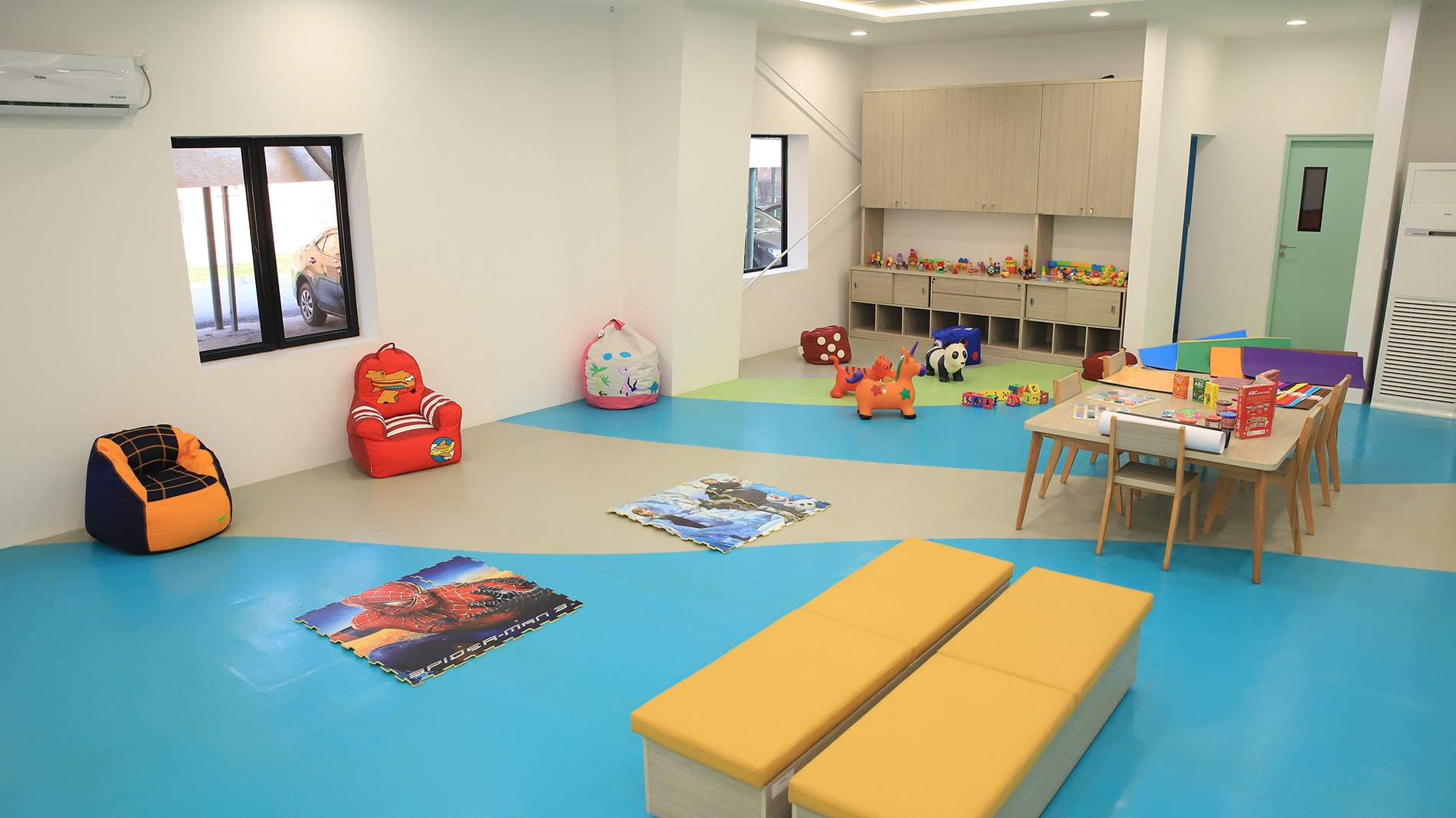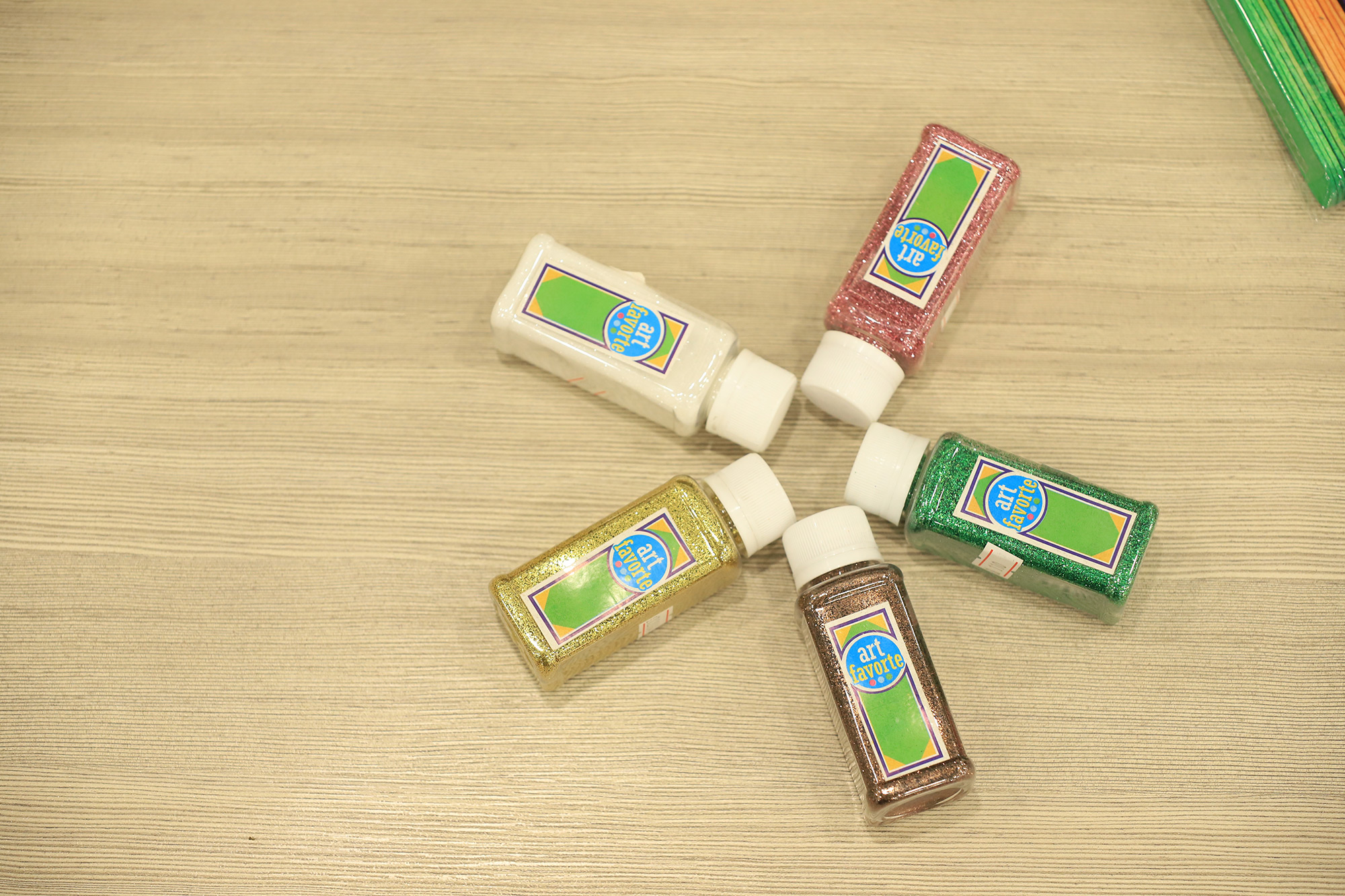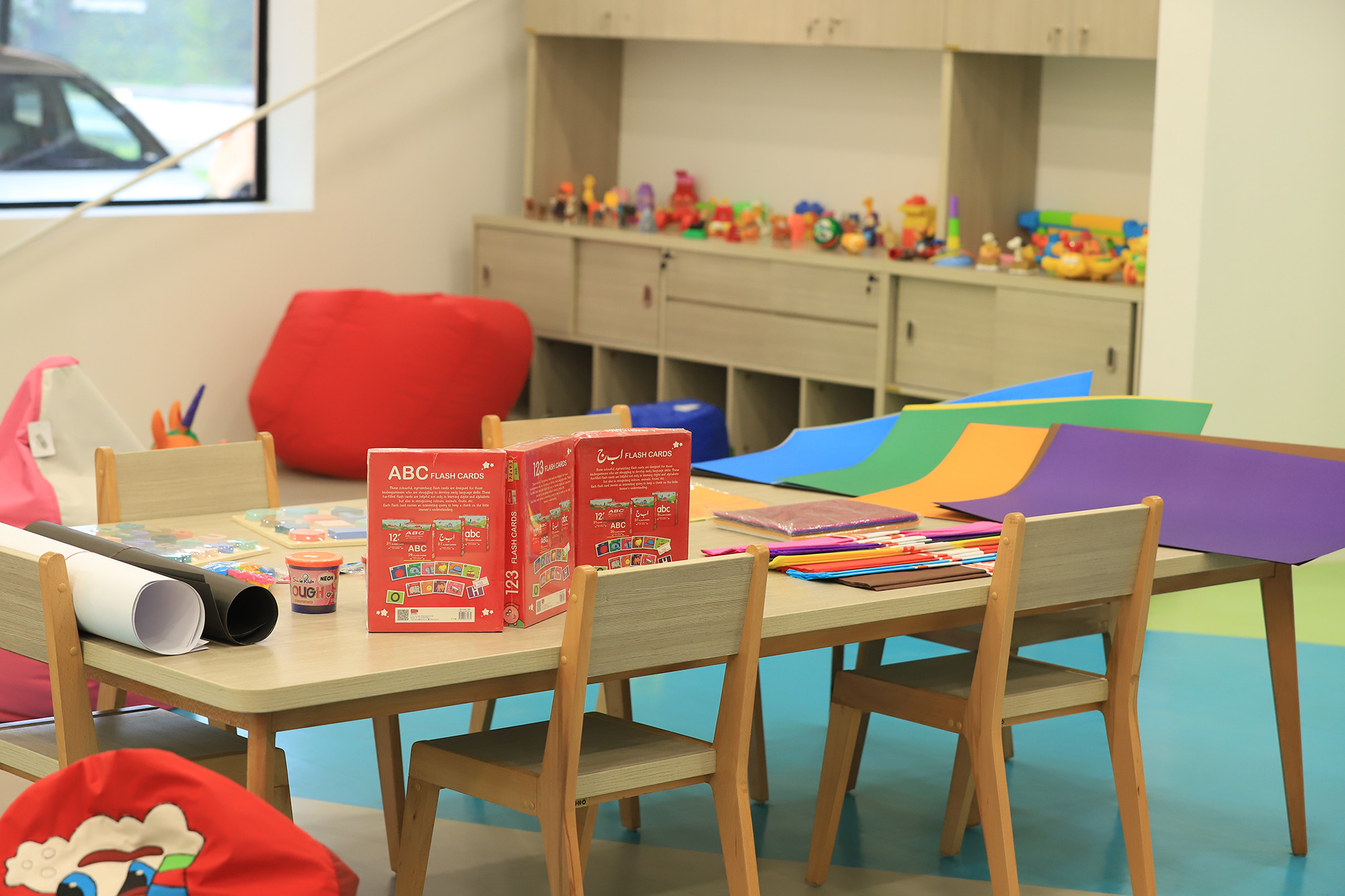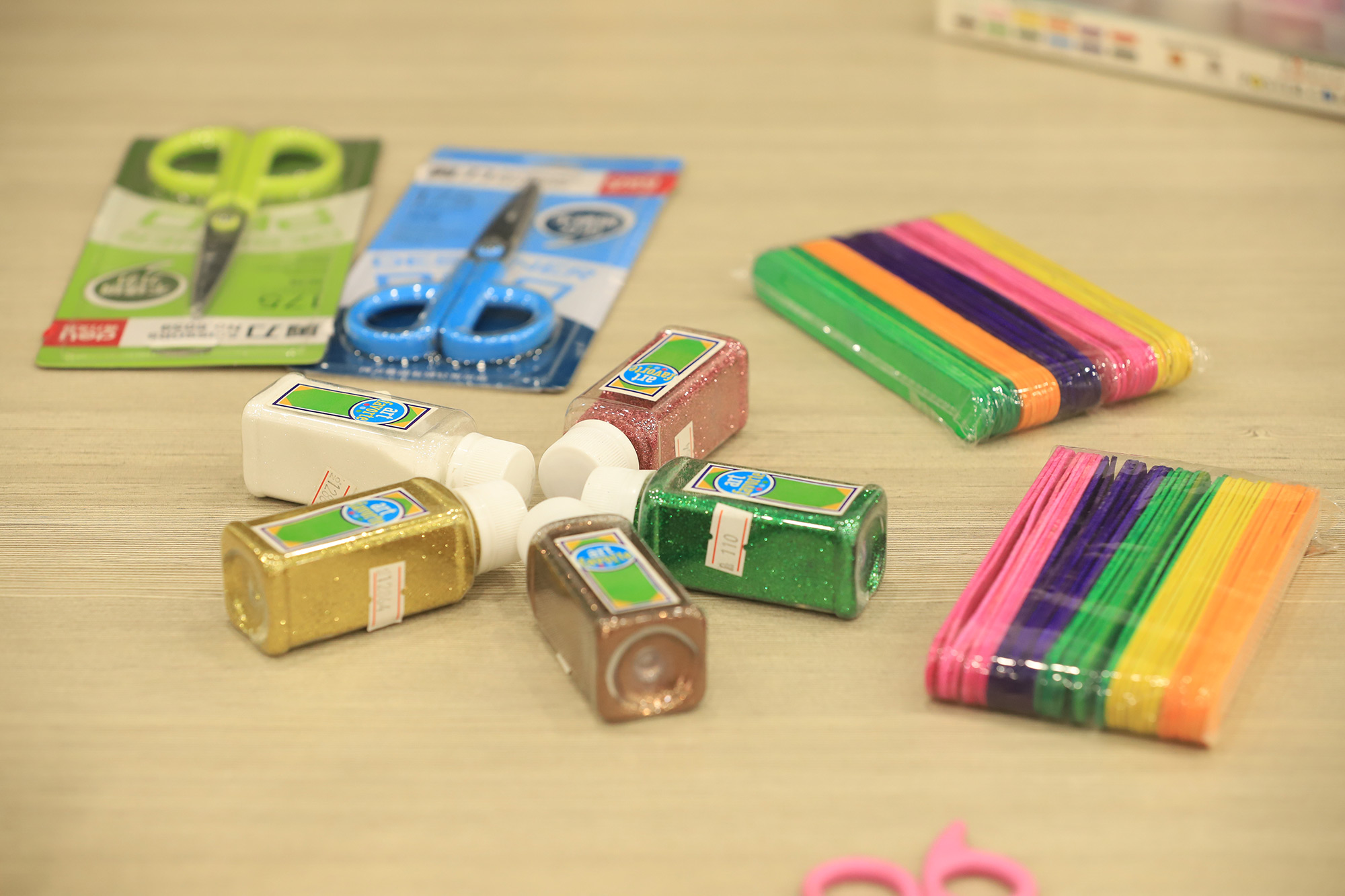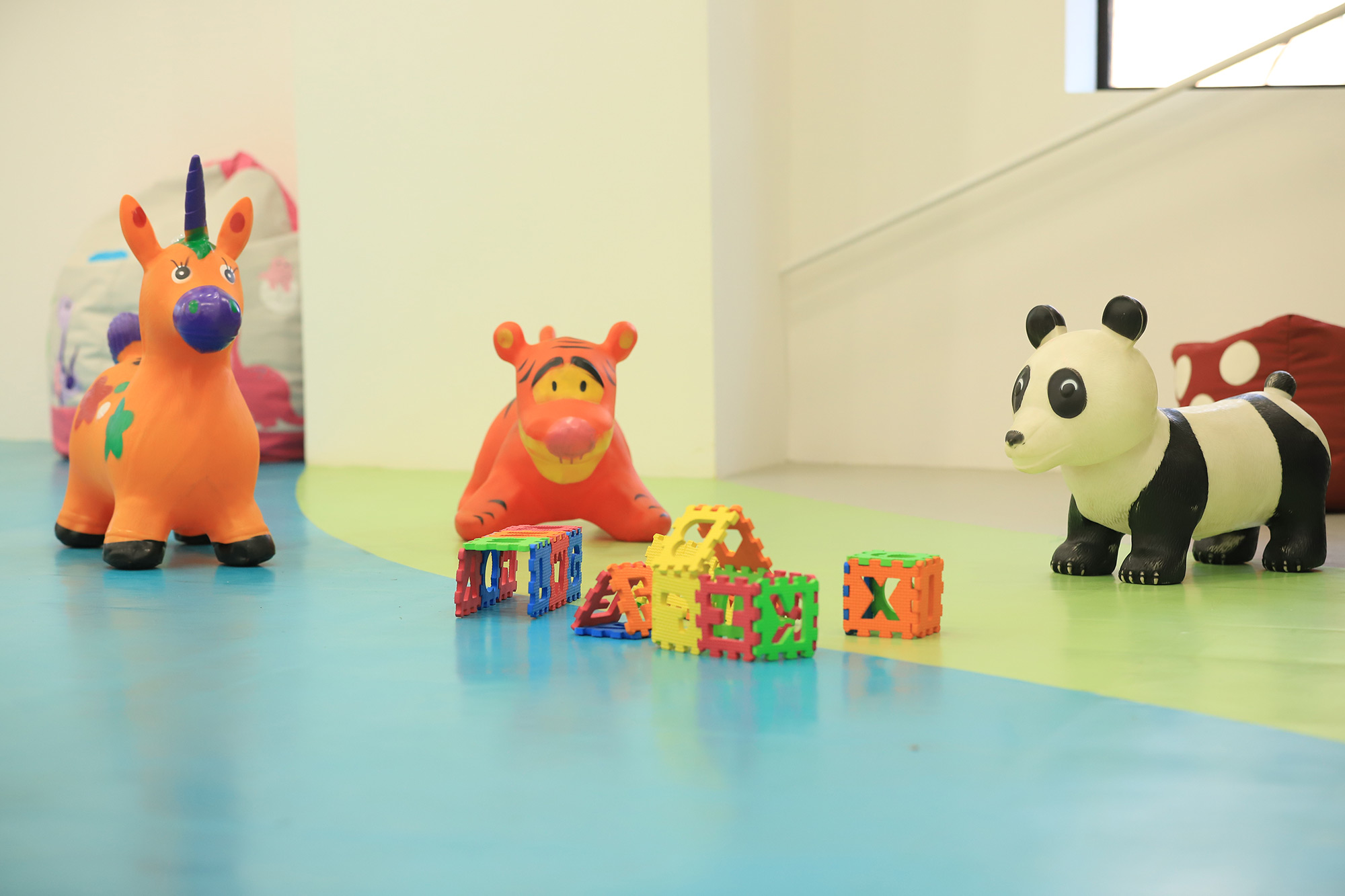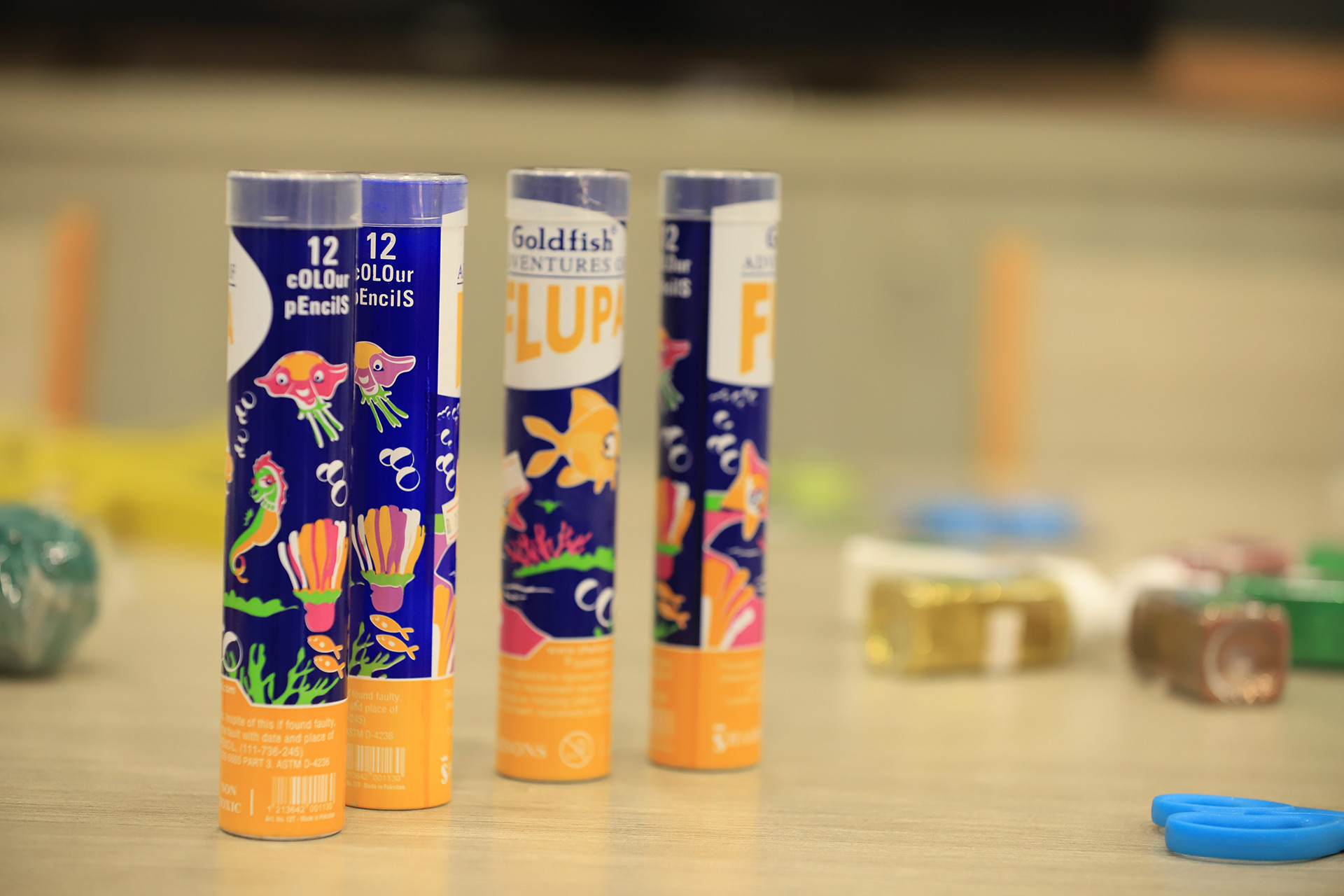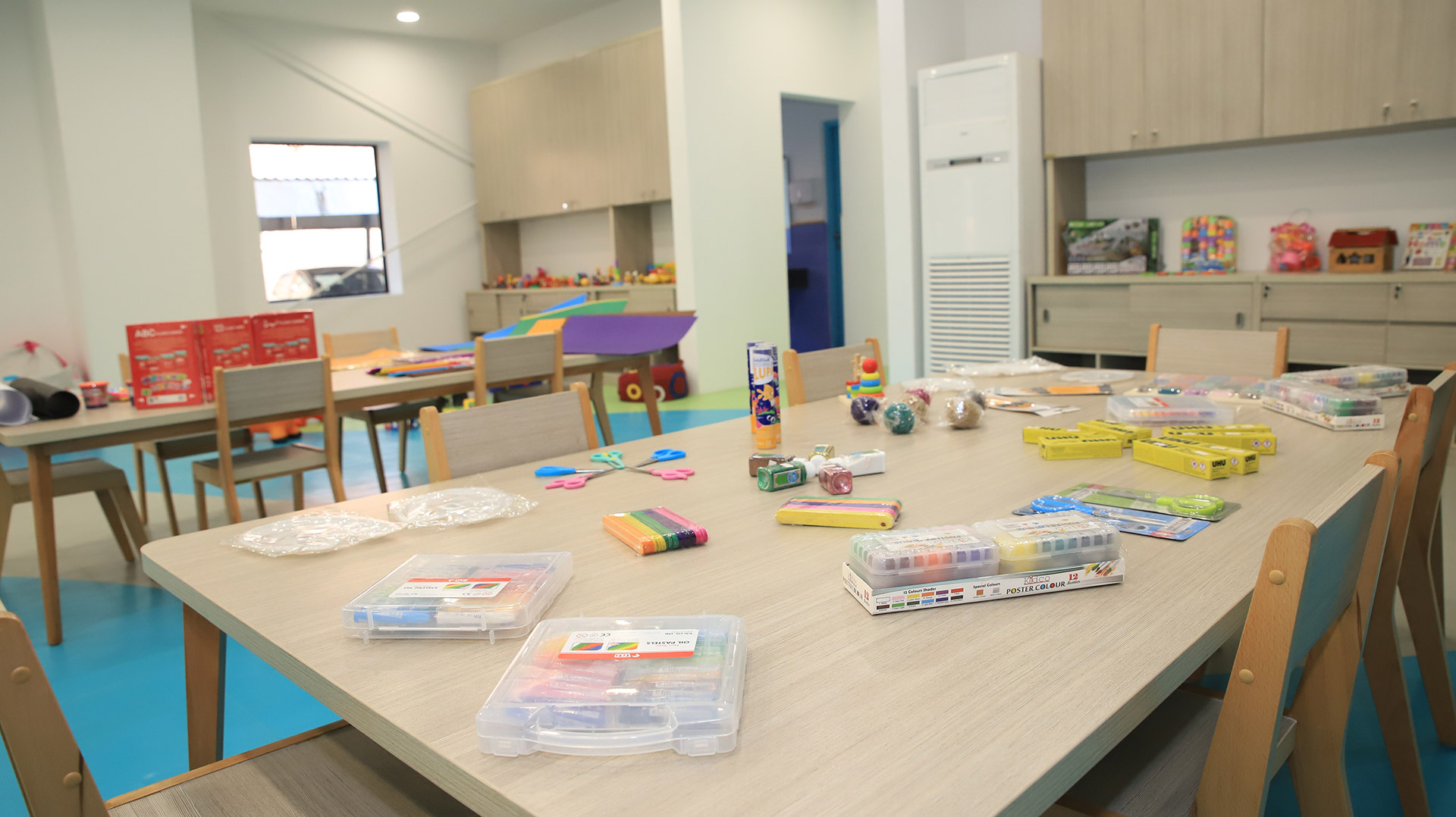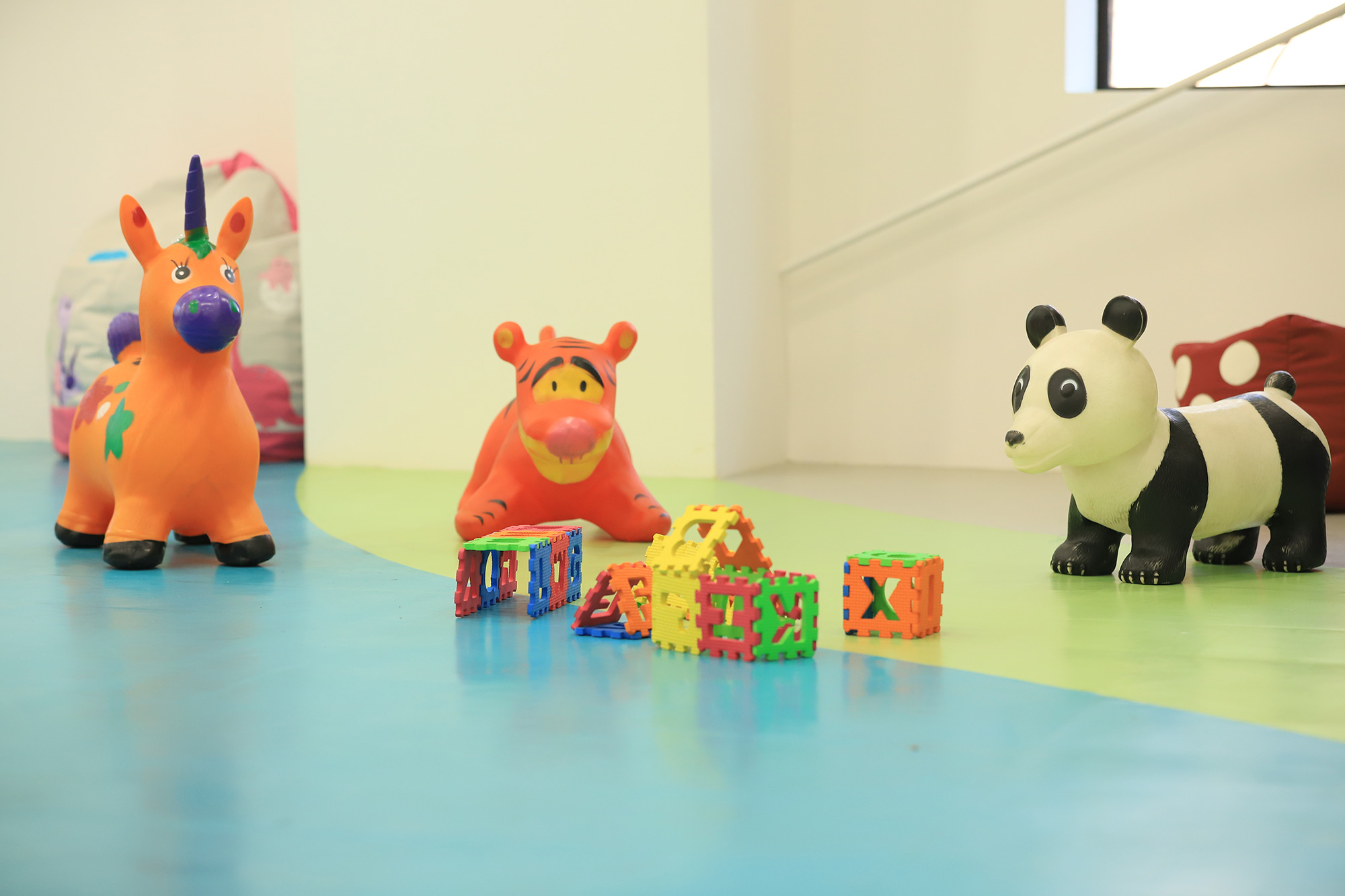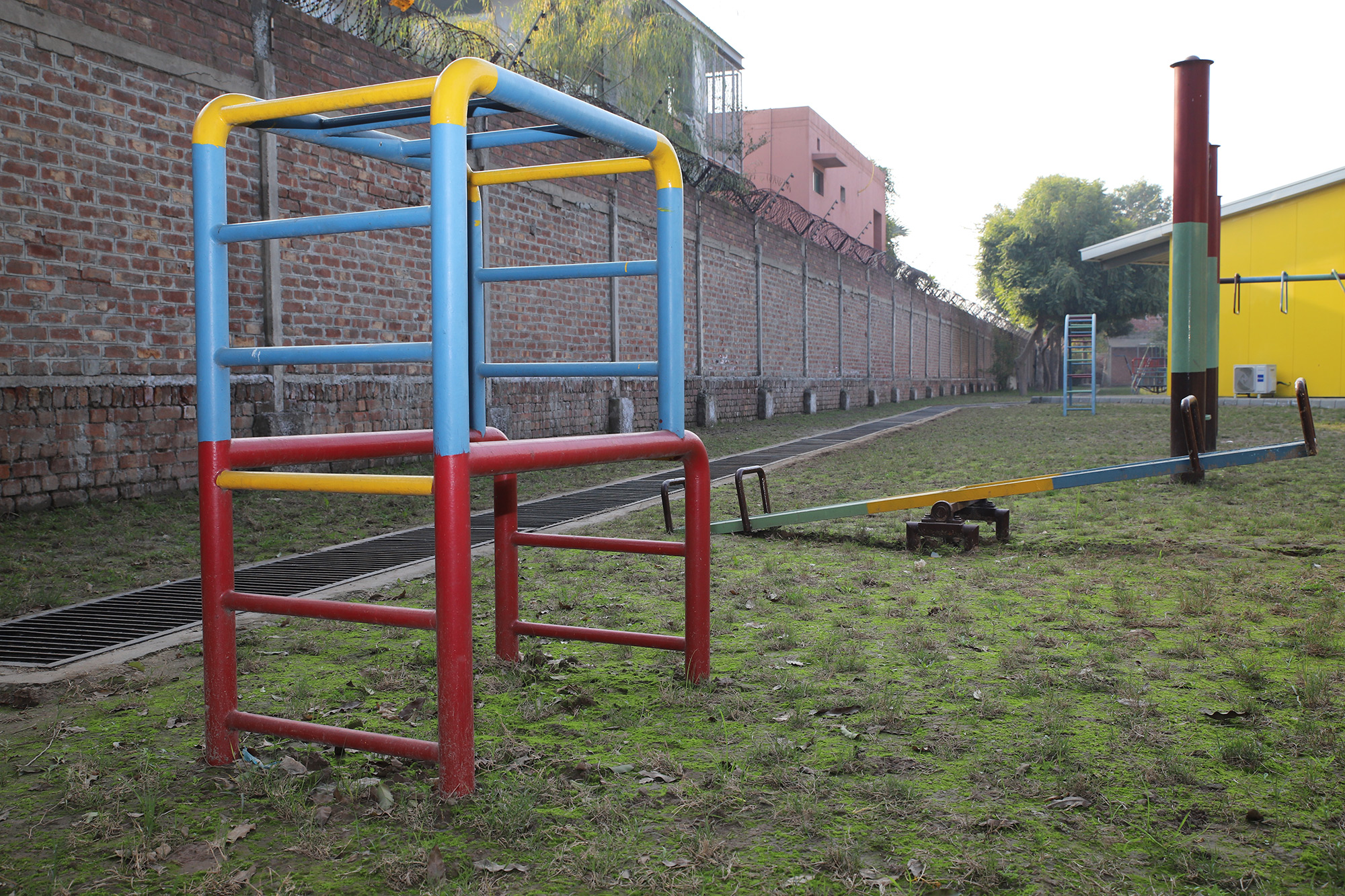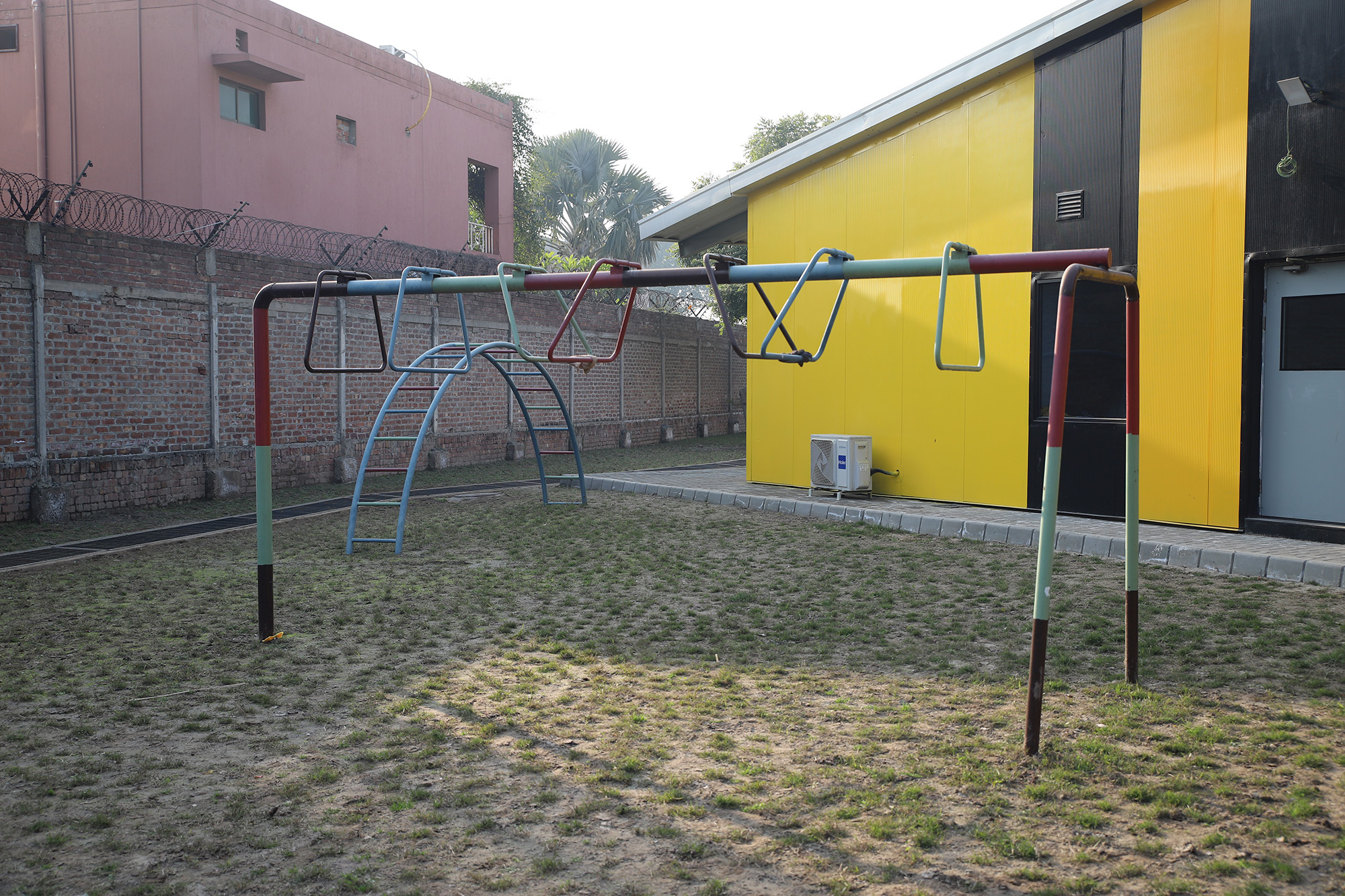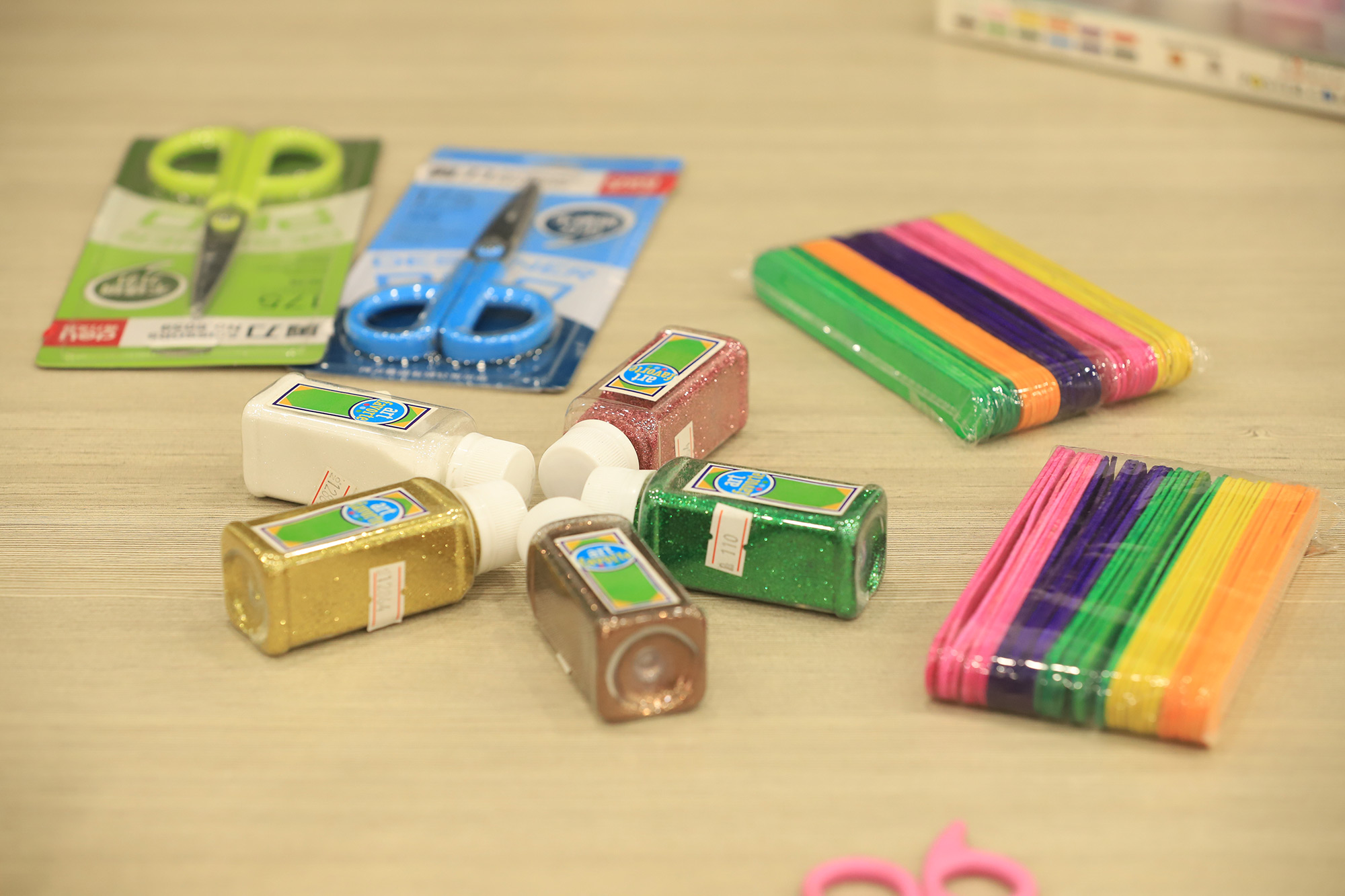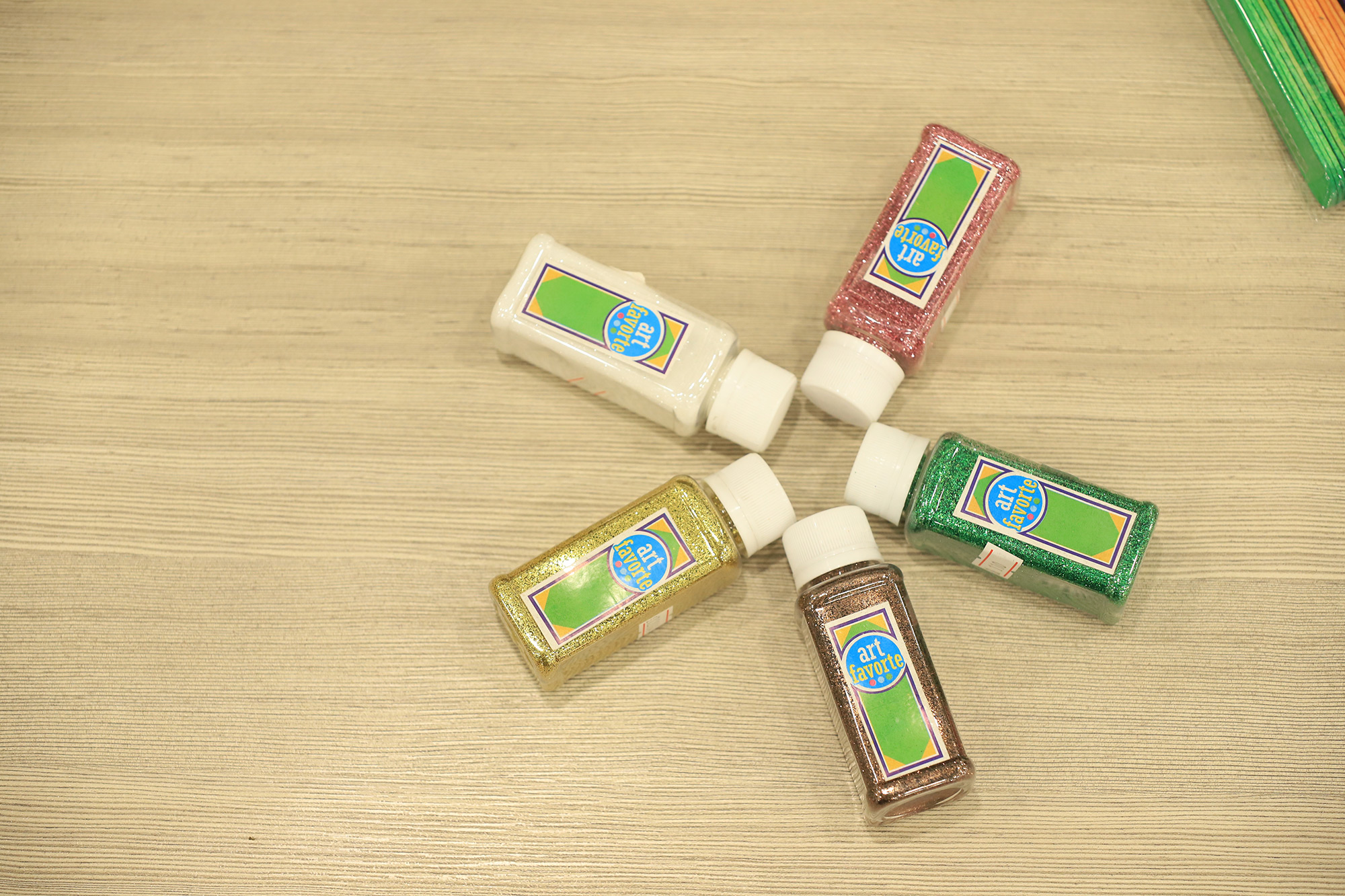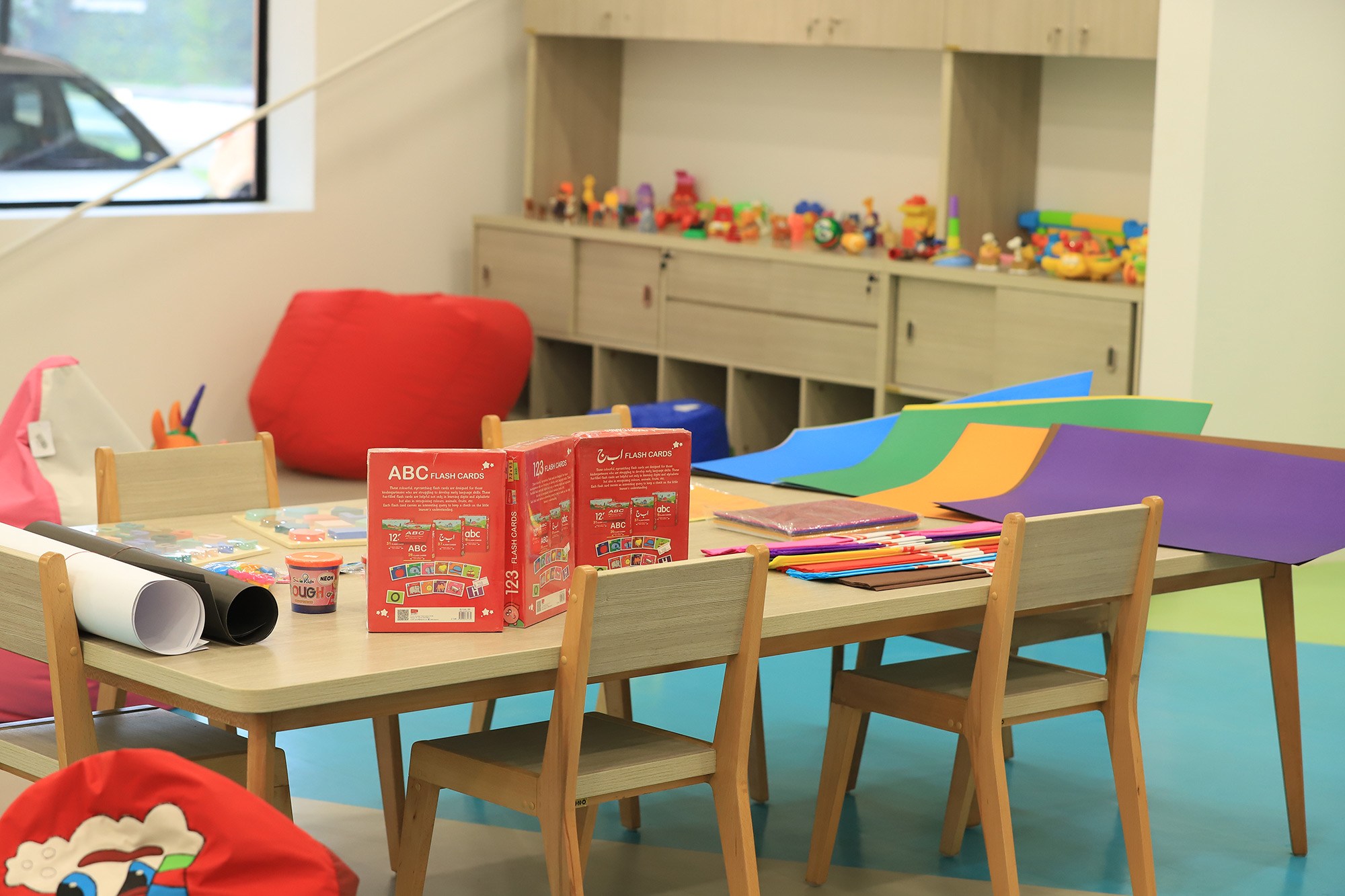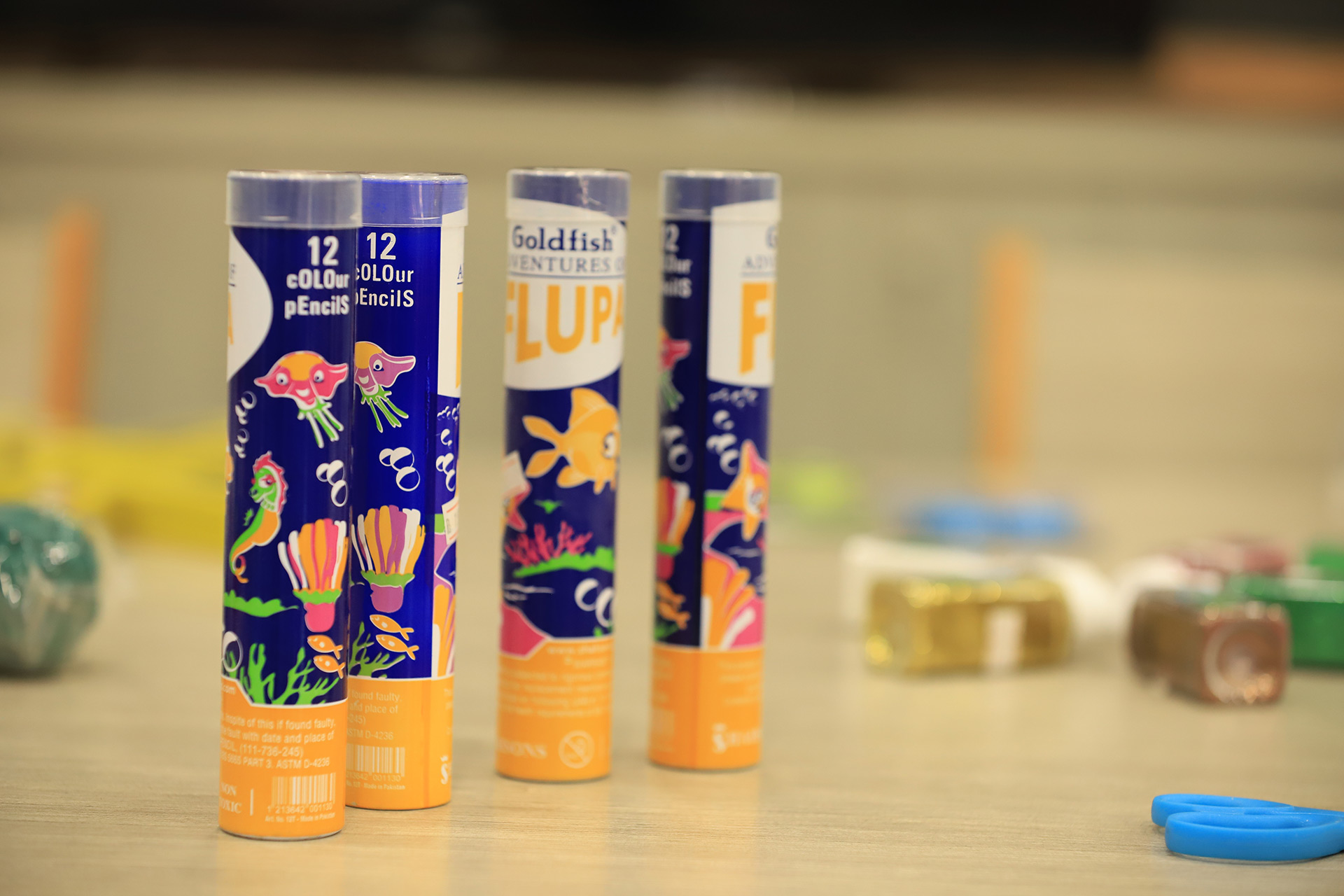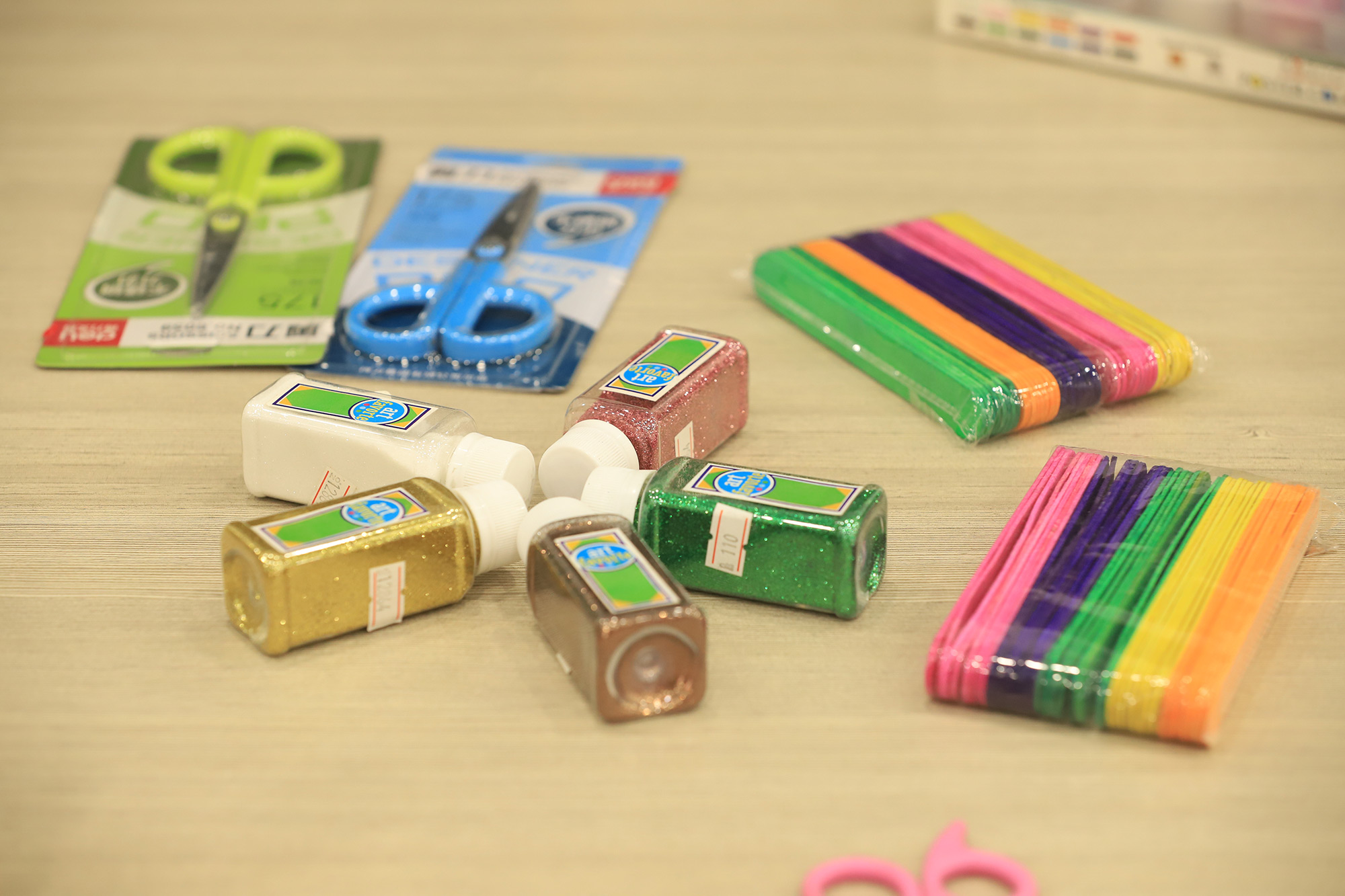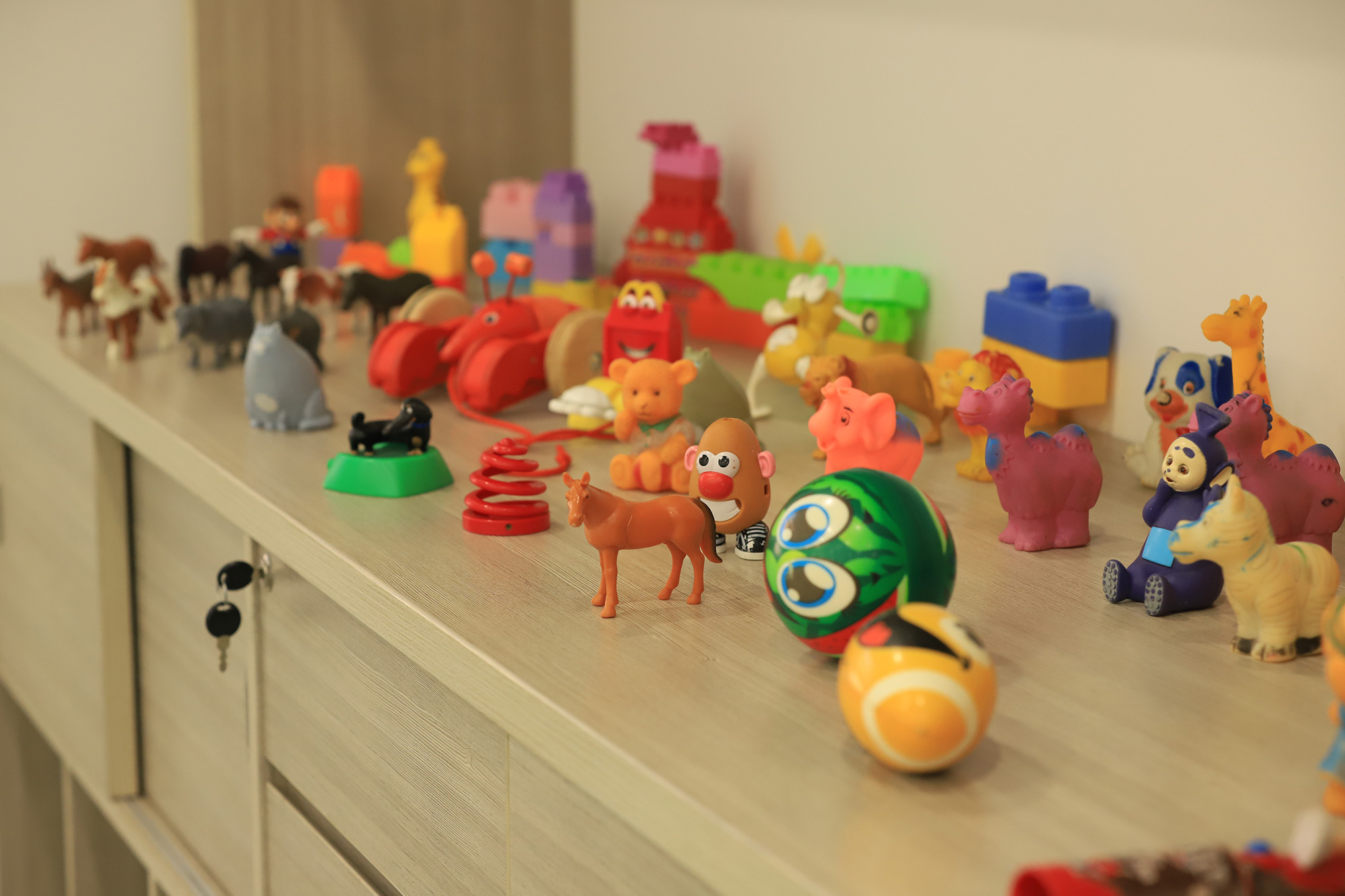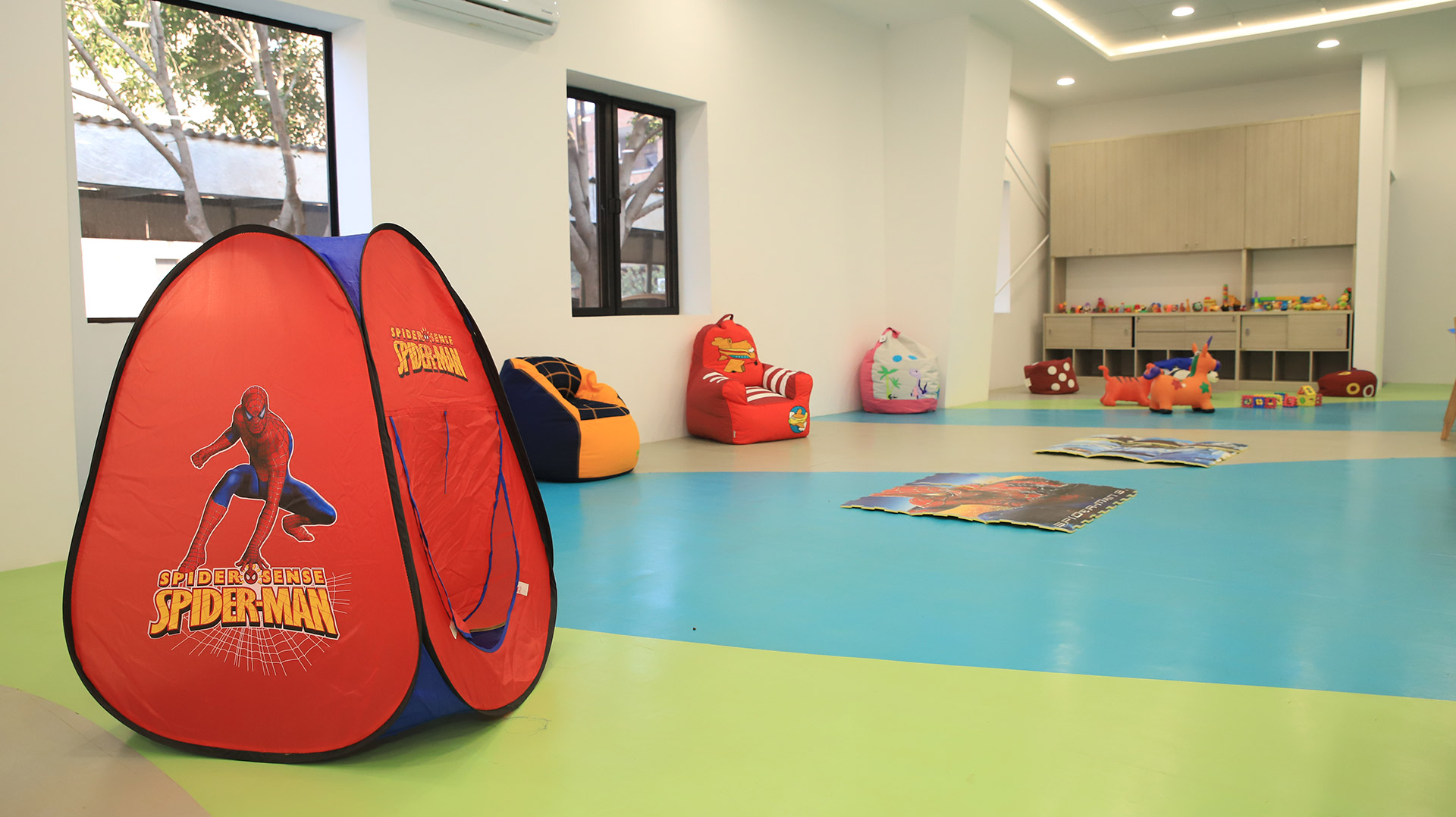The teacher will read the tale out loud to the students. Throughout the course of the reading, the teacher will stop and ask questions such as:
- What do you think will happen next?
- What is this character like?
- Can you tell me what happened so far in the story?
These questions serve to introduce students to the art of story- telling, as well as to the important aspects of listening and reading.
These questions serve to introduce students to the art of story- telling, as well as to the important aspects of listening and reading.
Once the story is finished, the teacher will introduce the concept of the moral or the lesson of the story by asking students the following question:
- What did you learn from listening to this story?
A very brief lecture ensues in which the teacher explains the definition of a moral.
The teacher asks the students the following questions:
- What are some other lessons or morals that you know?
- What lessons or morals do you have in your home?
- Have you read other stories with morals or lessons? What were they?
The students are asked to draw a picture from the story which shows the main character learning the lesson or moral. Underneath the story, students must write down what the moral or lesson that is being demonstrating in the story.

